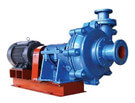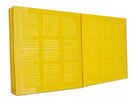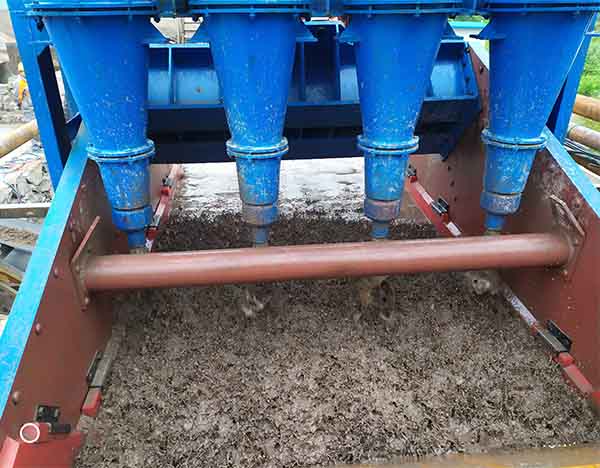Hot Product

- Hydrocyclone Group
Hydrocyclone group is widely used in coal preparation plant...

- Slurry Pump
Slurry pump is mainly used in mining, power plant, dredging, metallurgy...

- Polyurethane Dewatering Screen Panel
In addition to the performance of...
What Is The Function of Cyclone Separator?
Date: 2021-05-03 From: Longding Author: admin
The cyclone separator is a common separation and classification equipment, which uses the principle of centrifugal sedimentation. When the mixed liquid to be separated enters the cyclone tangentially from the periphery of the cyclone at a certain pressure, a strong three-dimensional elliptical strong rotating shear turbulence is generated. Because of the difference in particle size between coarse particles and fine particles, they are subject to centrifugal force, centripetal buoyancy, fluid drag, etc. The coarse particles are discharged through the bottom outflow of the cyclone, while the fine particles are discharged from the overflow pipe to achieve separation and classification purposes.
The basic principle of the cyclone is to separate liquid-liquid, liquid-solid, liquid-gas, and other two-phase or multiphase mixtures with density differences under the effect of centrifugal force. The mixed liquid enters the cyclone at a certain pressure, and the denser components move together in the axial direction under the effect of the cyclone field, move radially outwards, and move down the wall when reaching the cone section. And discharged from the underflow port, This constitutes the external vortex flow field. The low-density components move in the direction of the central axis and form an upward-moving inner vortex at the center of the axis, and then are discharged from the overflow port, thus achieving the purpose of separating the two phases.
As the slurry flows from the column part of the cyclone to the cone part, the flow section becomes smaller and smaller. Under the compression of the outer layer slurry, the inner layer slurry containing a large number of fine particles has to change its direction and move upward to form an internal swirling flow, which is discharged from the overflow pipe. The coarse particles continue to spiral downward along the wall to form an external swirling flow, which is eventually discharged from the underflow port and becomes sedimentation.
Leave a Message
Here you can submit any questions and we will get back to you as soon as possible. We will not disclose the information you submit to anyone, please rest assured.



Inquiry